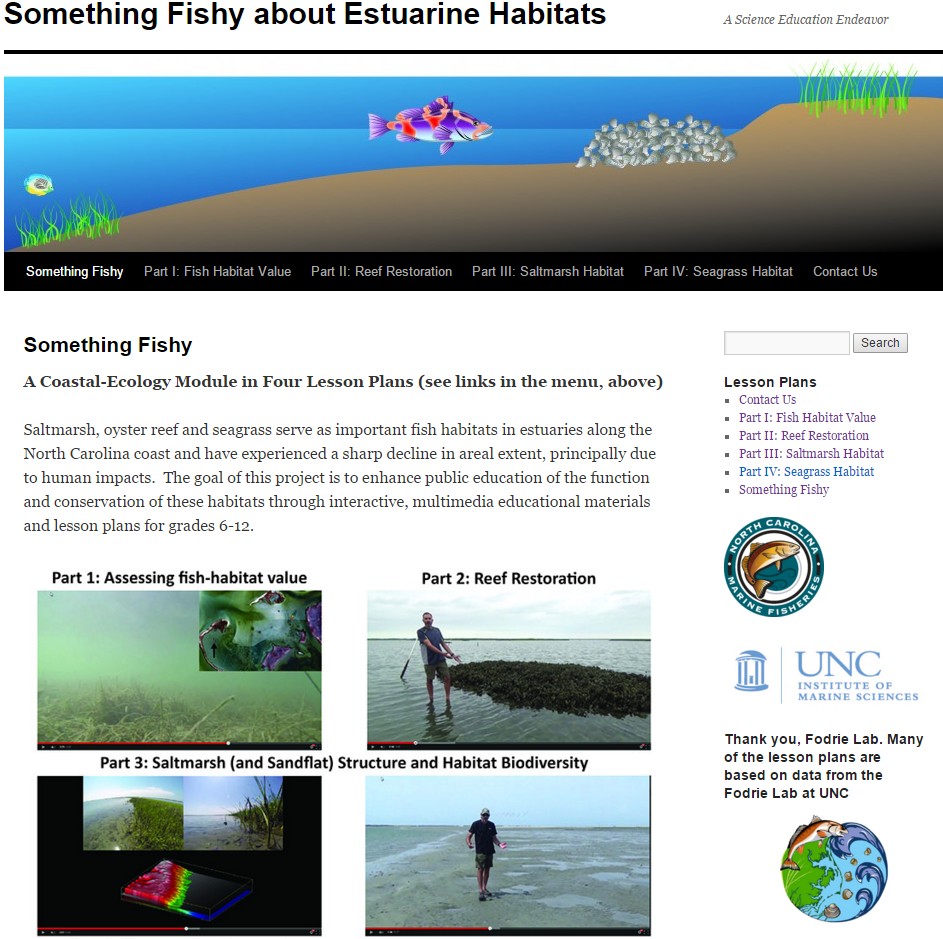
We have a project looking at salt-marsh trangression and some of our site locations are composed of wide fringing salt marsh; difficult to access. Our new favorite coring device is the backpack vibracorer. I don’t think we could have collected core transects across 100-m wide salt marshes without this tool. It’s lighter than our standard vibracorer and just as powerful. We can easily hike into difficult terrain and collect the cores we need from the shoreline to the upland boundary. If only pulling the cores out were as easy as driving them down. If you have the means, I highly recommend picking one up.



